-
Unraveling the Mystery of AMD Ryzen CPU Model Numbers
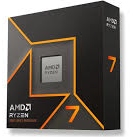
I recently completed my first end-to-end build of a desktop computer. In the course of researching which processor (CPU) to buy, I was assaulted with a series of model numbers and suffixes, and it was initially difficult to wade through them. I have primarily used Intel processors throughout my life, but even then I only…
-
2022 Recap for Stateless Code
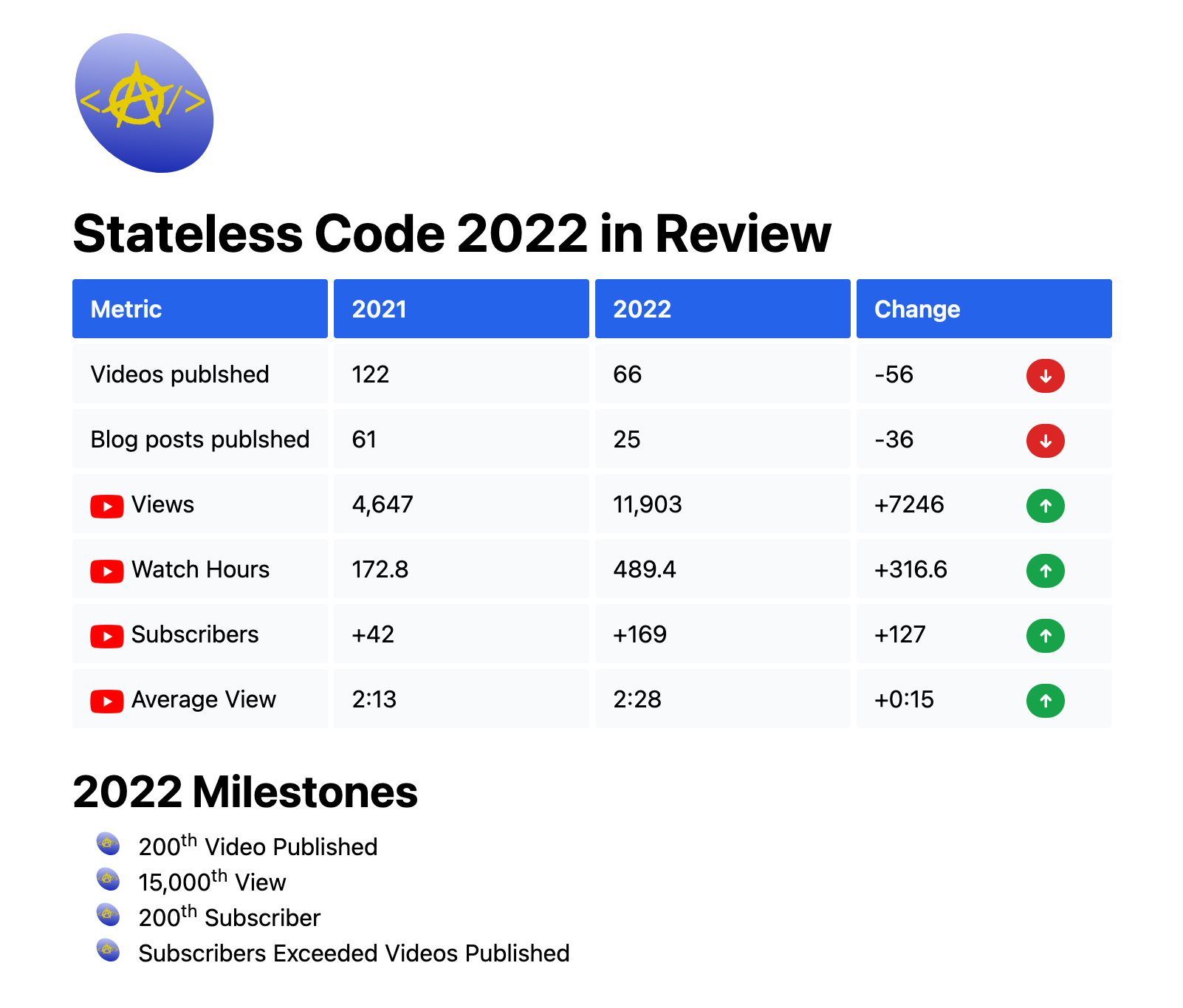
It is the first day of 2023. Before we move forward, we’ll do a 2022 recap and see how things went compared to 2021. We look at what went well, what can be improved, and maybe even find some action items. Many social media and streaming services provide year-end recaps to their users. We’ll join…
-
Getting Started with Rails 7 Episode 28: Retrospective for the Series
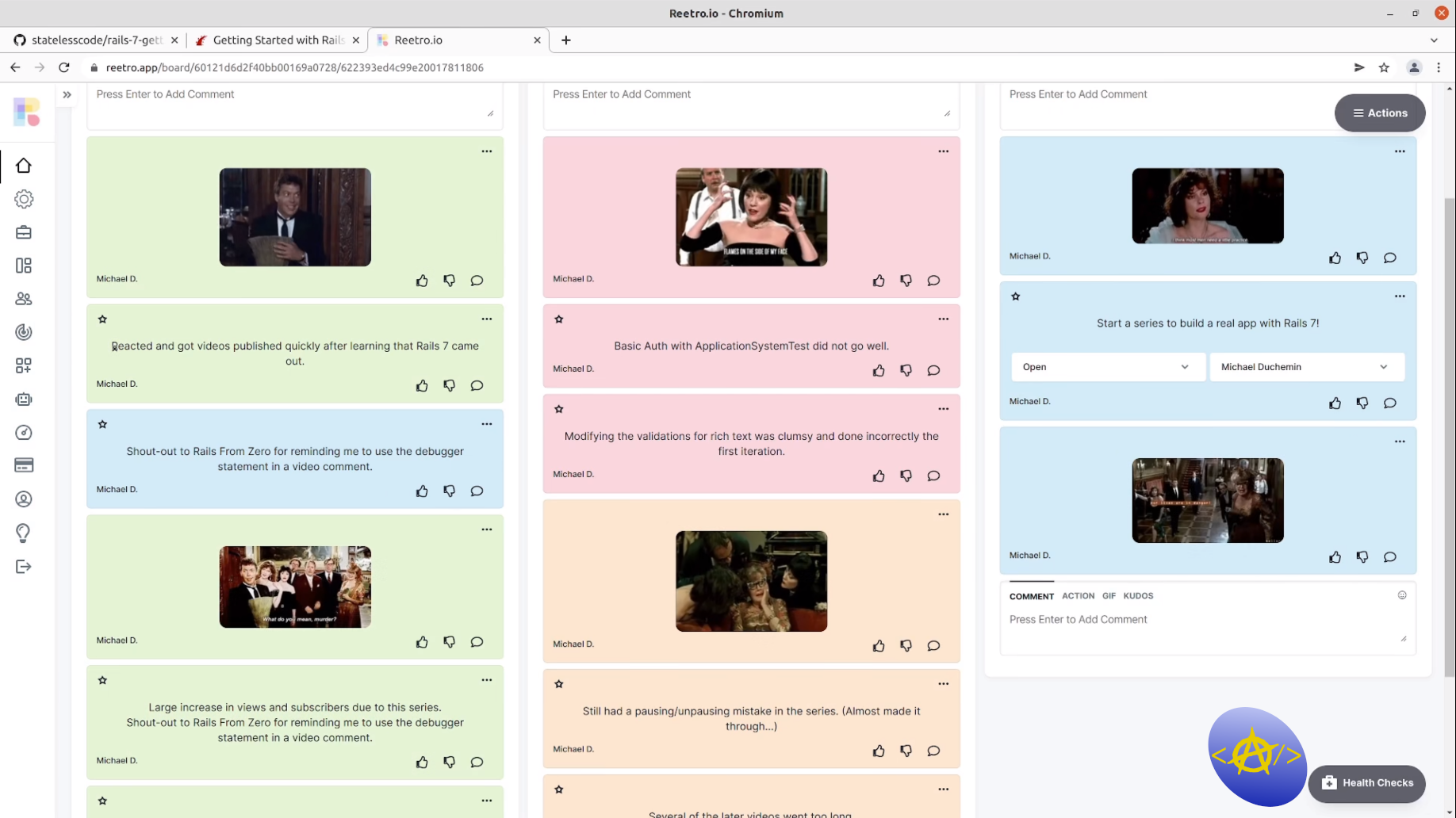
At regular intervals, the team (even a team of one) reflects on how to become more effective, then tunes and adjusts its behavior accordingly… This is the 28th video video in the Getting Started with Rails 7 series. In this video Mike reviews the video series and looks for opportunities to continuously improve. Theme: ClueMediocre…
-
Getting Started with Rails 7 Episode 27: Add a Stimulus Controller for Client-Side Interaction
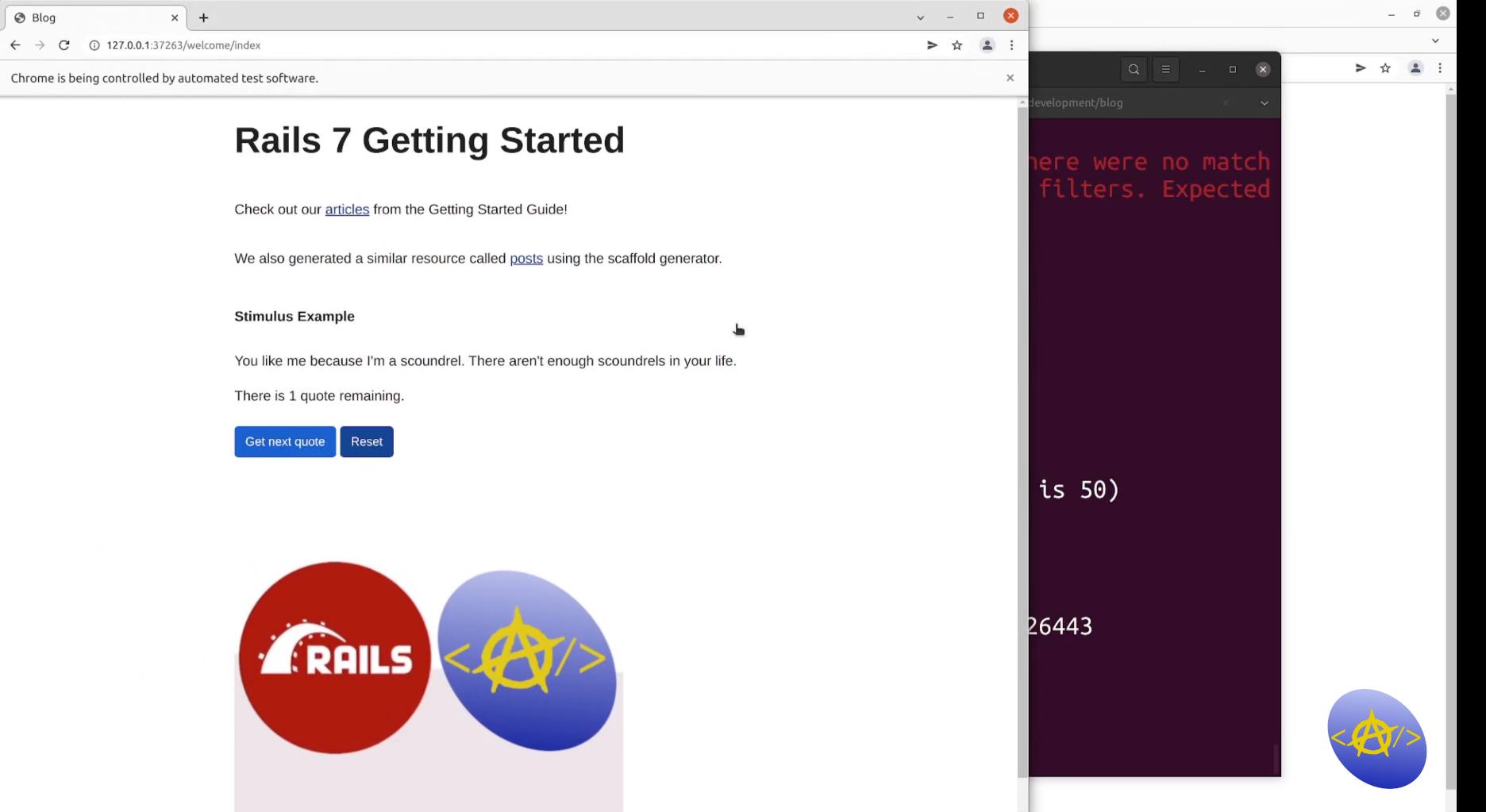
This is the 27th video in the Getting Started with Rails 7 series. In this video Mike adds an element with a Stimulus controller to allow for client-side interactions in the web application. Stimulus comes prepackaged in a new Rails application by default and integrates well with the “Rails Way” of building an application. Because…
-
Getting Started with Rails 7 Episode 26: Fix Rich Text Fixtures and Validations
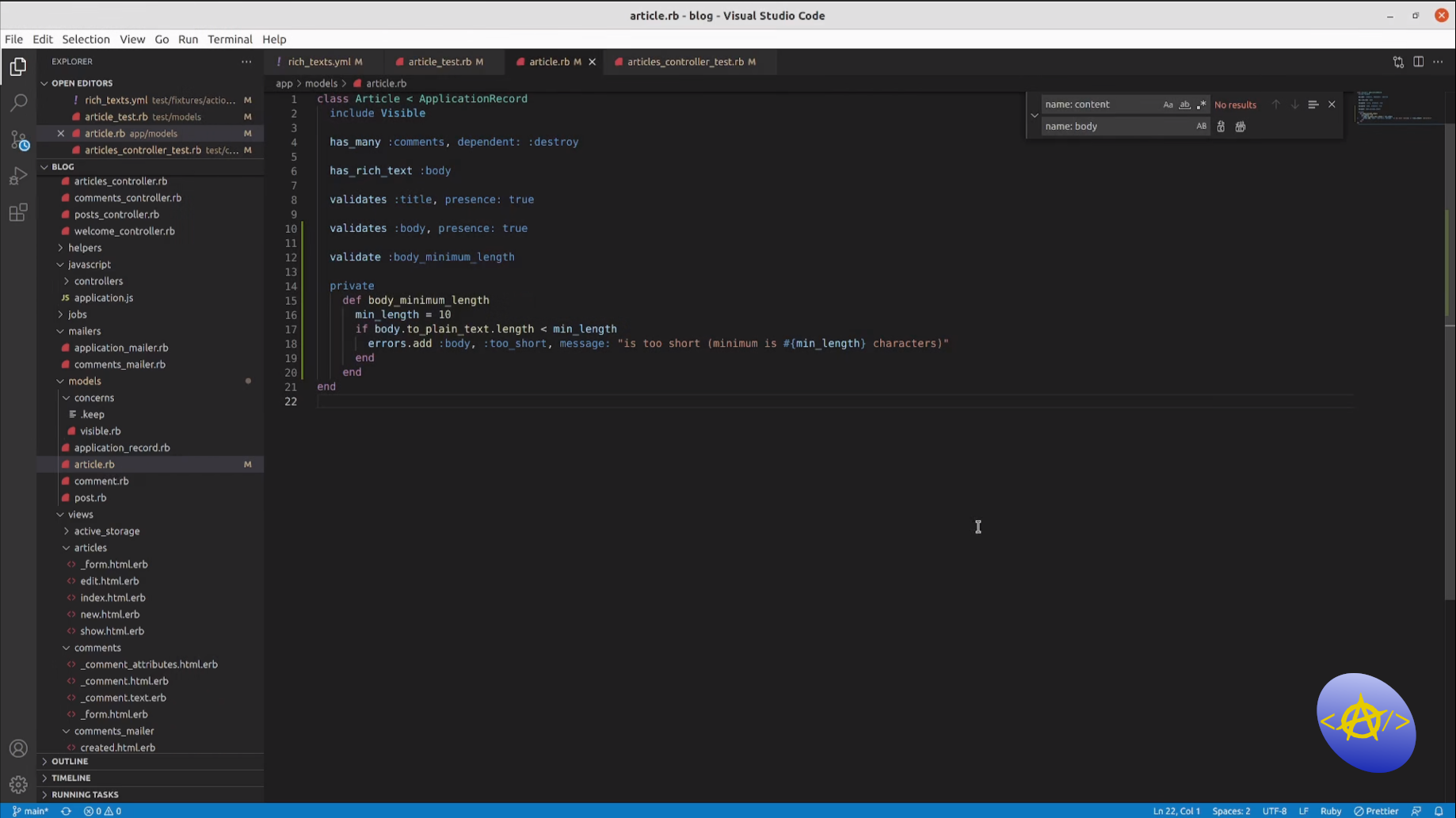
This is the 26th video in the Getting Started with Rails 7 series. In this video Mike fixes some errors from the Use ActionText for Rich Text Content video (episode 24). The two main fixes are This video covers: The code for this series is open source and available on GitHub. View the commit for…
-
Getting Started with Rails 7 Episode 25: Set Up a Comments Mailer
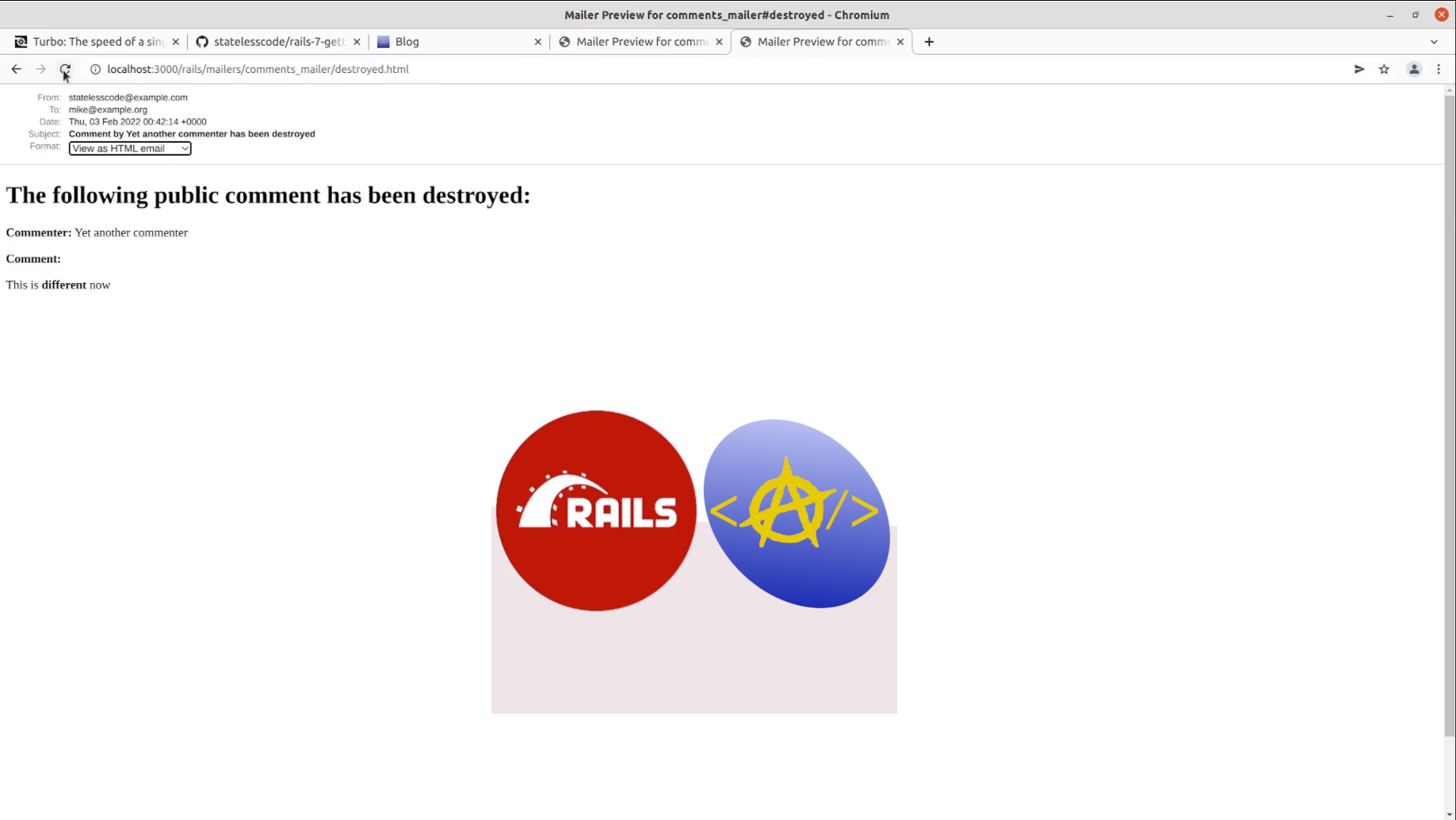
This is the 25th video in the Getting Started with Rails 7 series. In this video Mike generates and implements a mailer that sends an email when a comment is created or destroyed and works through testing the mailer and making sure it doesn’t break the browser tests. There are a couple of “gotchas” illustrated…
-
Getting Started with Rails 7 Episode 24: Use ActionText for Rich Text Content
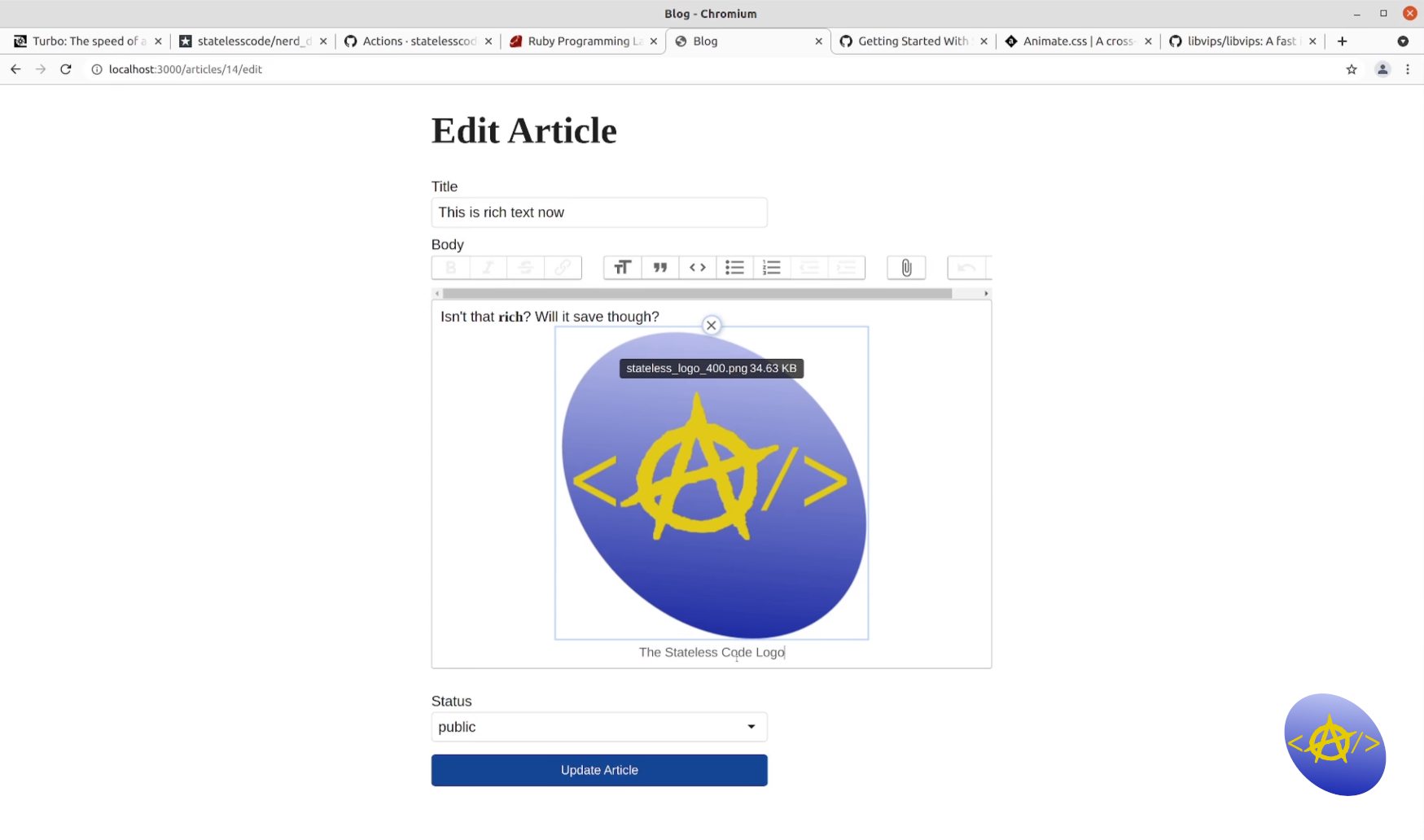
This is the 24th video in the Getting Started with Rails 7 series. In this video Mike installs Rails ActionText. By default, this uses the Trix editor and Rails ActiveStorage to allow for “what I see is what I get” (WISIWIG) editing and display of a field. Mike installs the prerequisites, installs ActionText, and runs…
-
Getting Started with Rails 7 Episode 23: Add Styles from CDNs to Improve Design
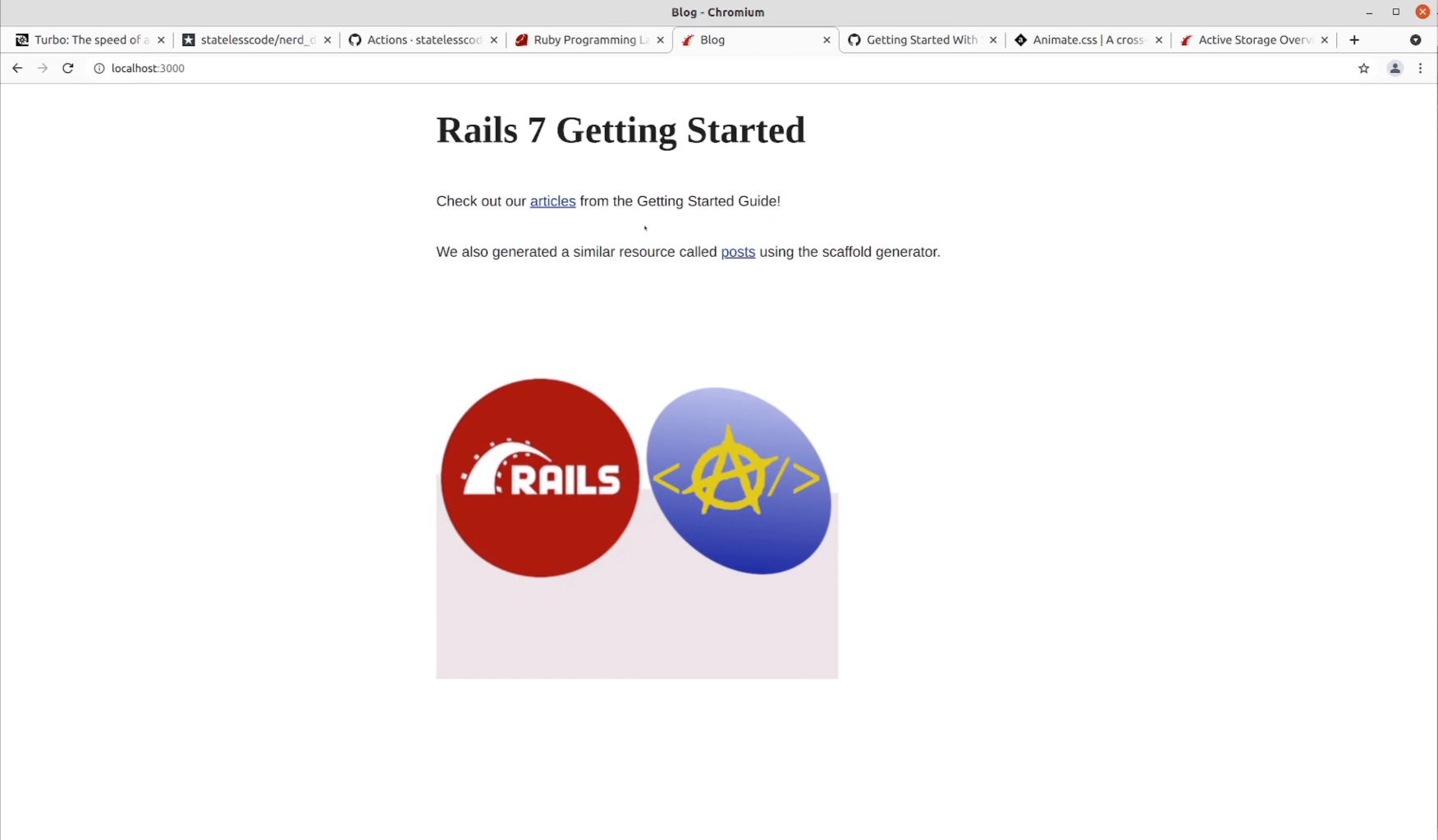
This is the 23rd video in the Getting Started with Rails 7 series. In this video Mike adds in the Simple.css and Animate.css frameworks by adding Content Distribution Network (CDN) links to the stylesheets of the application.html.erb layout. After he adds the stylesheets to the application layout, he also changes the root route of the…
-
Getting Started with Rails 7 Episode 22: Broadcast Comment Changes to the Article with Turbo
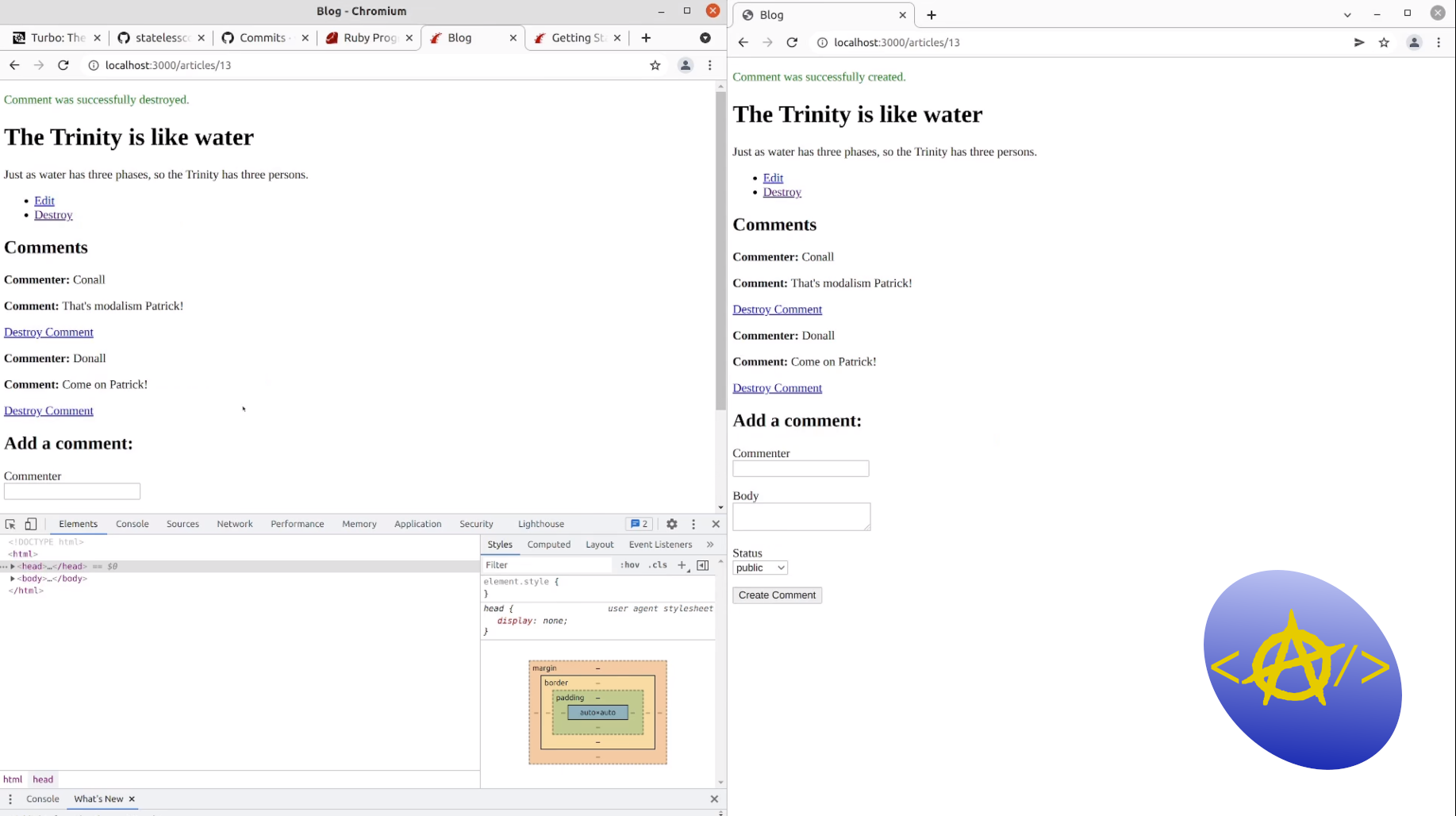
This is the 22nd video in the Getting Started with Rails 7 series. In this video Mike uses Turbo Streams from the Hotwire front-end framework (included by default in new Rails applications) to broadcast changes (create, update, destroy) to the collection of comments for an article in real-time. In order for the Turbo broadcast to…
-
Getting Started with Rails 7 Episode 21: Upgrades, Bug Fixes, and Tweaks
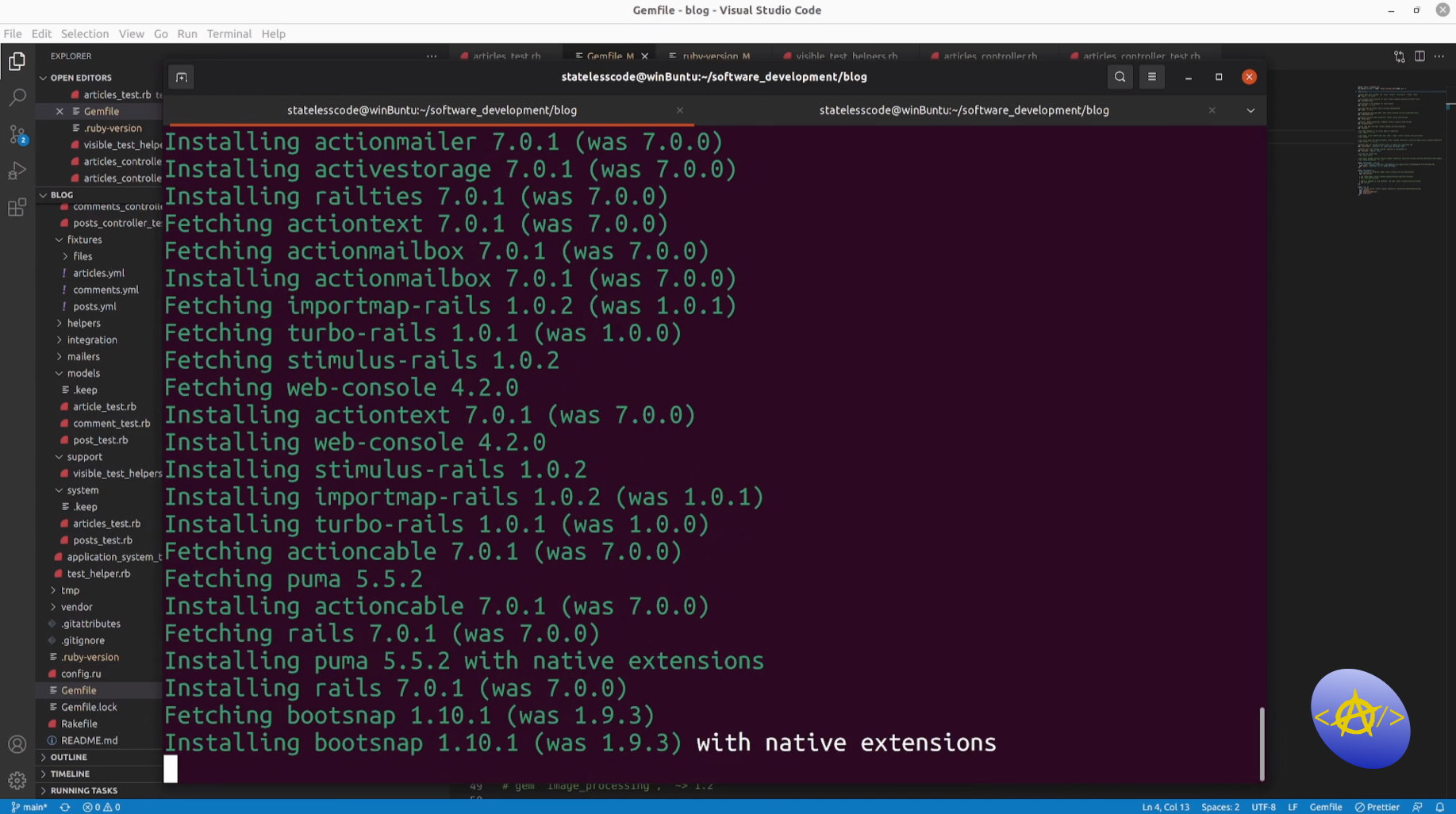
This is the 21st video in the Getting Started with Rails 7 series. In this video Mike upgrades to Ruby 3.1.0 and Rails 7.0.1. After the upgrade, he demonstrates the debugger command, makes some changes to get the browser tests to work with basic authentication without changing the requirements, converts the link_to helper to a…
